Karachi's road network, vital for urban mobility, faces challenges due to diverse conditions, including flooding risks, poor maintenance, and inadequate upgradation. While some areas like Gohar Green City show growth, many roads suffer from potholes, uneven pavement, and poor lighting. This disparity highlights the need for equitable urban planning as Karachi expands. The city's rapidly growing suburbs strain existing road networks, causing congestion and longer commute times. Comparing local infrastructure to national standards reveals shortfalls in maintenance and design, impacting safety and accessibility, especially during monsoons. Karachi aims to enhance road safety with innovative solutions like advanced traffic signals, smart lighting, real-time monitoring, and pedestrian zones to improve quality of life for residents and visitors.
Karachi, Pakistan’s vibrant metropolis, faces a significant challenge with its road infrastructure, especially in rapidly growing suburbs like Gohar Green City. This article delves into the current state of roads in this area, examining the safety and quality issues that residents and commuters encounter daily. We explore the disparities between local road conditions and national standards and highlight initiatives aimed at enhancing Karachi’s transportation network. Understanding these challenges is crucial for improving mobility and safety across the city.
- Understanding Karachi's Road Infrastructure: A Foundation for Safe Travel
- The Current State of Road Conditions in Gohar Green City
- Challenges Faced by Residents and Commuters in Karachi's Rapidly Growing Suburbs
- Comparing Local Roads to National Standards: Identified Shortfalls
- Future Initiatives for Improving Road Safety and Infrastructure in Karachi
Understanding Karachi's Road Infrastructure: A Foundation for Safe Travel
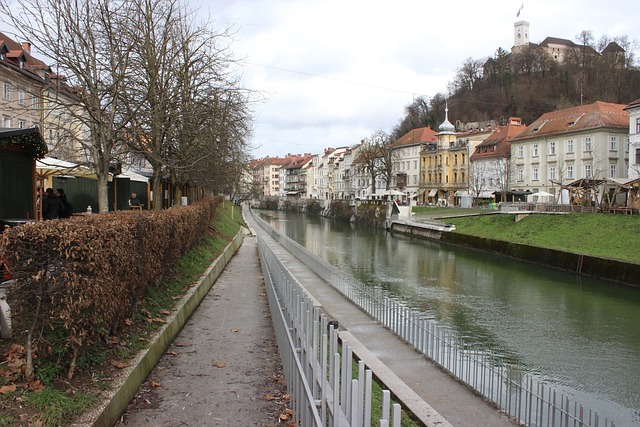
Karachi, known as Pakistan’s economic powerhouse, boasts a complex road infrastructure that forms the backbone of its urban mobility. The city’s road network is a intricate web connecting diverse neighborhoods, industrial hubs, and commercial centers. Understanding this infrastructure is key to appreciating the challenges and opportunities in ensuring safe travel for its bustling populace.
Karachi’s roads range from sprawling arterial avenues designed to handle high traffic volumes, to narrow, winding lanes that wind through dense residential areas. The city’s geographic layout, with its coastal proximity, also presents unique considerations, such as managing flooding risks during monsoon seasons. Effective maintenance and timely upgradation of these roads are essential to enhance safety, reduce congestion, and foster economic growth.
The Current State of Road Conditions in Gohar Green City
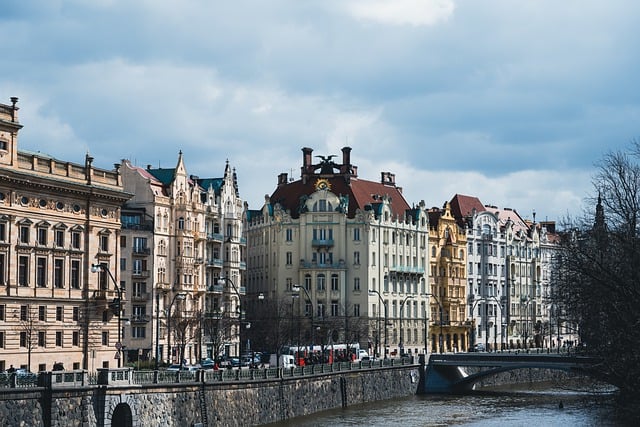
The roads of Gohar Green City, a thriving suburban area in Karachi, reflect the city’s rapid growth and development. However, the current state of road conditions presents a mixed picture. While some streets boast well-maintained surfaces and adequate drainage systems, many others struggle with potholes, uneven pavement, and poor lighting. These issues not only pose challenges for daily commuters but also raise safety concerns, especially during the monsoons when flooding exacerbates the problems.
The disparities in road quality across different neighborhoods highlight the need for more balanced urban planning. Residents often find themselves navigating treacherous routes, leading to increased travel times and potential accidents. With Karachi’s continuous expansion, addressing these road infrastructures becomes imperative to ensure a seamless and secure movement of people and goods within the city and its satellite towns like Gohar Green City.
Challenges Faced by Residents and Commuters in Karachi's Rapidly Growing Suburbs
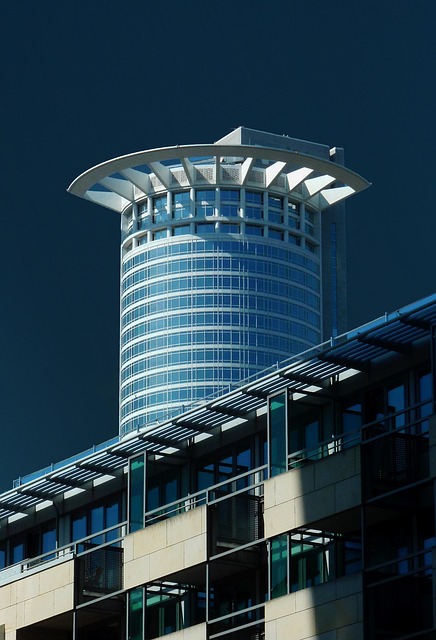
Karachi’s rapidly growing suburbs, such as Gohar Green City, present unique challenges for residents and commuters. The influx of new developments and infrastructure has led to a significant strain on existing road networks. With an ever-increasing number of vehicles on the roads, traffic congestion has become a daily struggle, adding to the frustration of locals who often face long commutes.
The poor road conditions in these areas further exacerbate the problem. Unpaved or poorly maintained roads lead to bumpy rides and increase travel time. Residents, especially those with essential errands or urgent appointments, are left stranded, as unreliable road infrastructure can delay their schedules. Karachi’s bustling metropolis demands better connectivity and efficient transportation systems to cater to its growing population.
Comparing Local Roads to National Standards: Identified Shortfalls
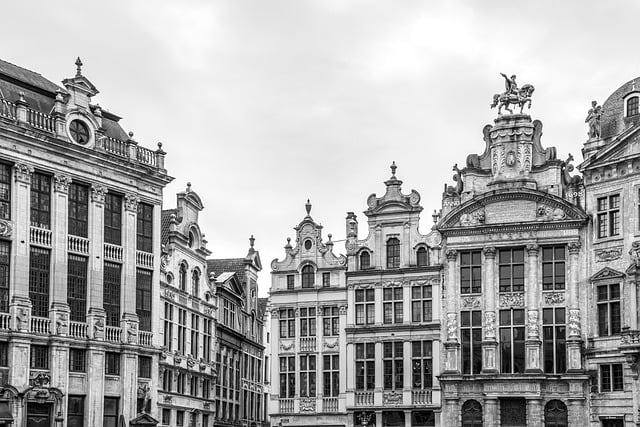
When comparing the roads in Karachi’s Gohar Green City to national standards, it becomes evident that there are several shortfalls. The local roads often fall short in terms of maintenance and design compared to the well-maintained, modern highways that crisscross the country. In Gohar Green, potholes, uneven surfaces, and inadequate drainage systems are common issues, leading to hazardous driving conditions, particularly during monsoon seasons.
These deficiencies not only affect the daily commute for residents but also pose significant challenges for emergency services. The lack of proper road infrastructure in some areas of Karachi’s growing suburbs highlights the need for more investment in local road development to align with national standards and ensure safer, smoother transportation for all users.
Future Initiatives for Improving Road Safety and Infrastructure in Karachi

Karachi, as a bustling metropolis, is constantly striving to enhance its road safety and infrastructure. Future initiatives aim to address key areas such as improving traffic signal systems and introducing advanced road lighting for better visibility during all hours. The city plans to implement smart transportation solutions, including real-time traffic monitoring and variable message signs, to manage congestion efficiently.
Additionally, there is a focus on developing pedestrian-friendly zones with dedicated footpaths and crosswalks, ensuring safer movement for residents and visitors alike. These efforts are part of a larger strategy to make Karachi’s roads more secure and accessible, reflecting the city’s commitment to improving the overall quality of life for its folk in terms of transportation.
The road conditions in Gohar Green City, a rapidly growing suburb of Karachi, highlight the broader challenges facing the city’s infrastructure. This article has explored the current state of roads, resident and commuter experiences, and compared local standards to national guidelines. The identified shortfalls underscore the urgent need for future initiatives focused on enhancing road safety and improving infrastructure across Karachi. By prioritizing these efforts, the city can ensure safer travel and better mobility for its diverse population.
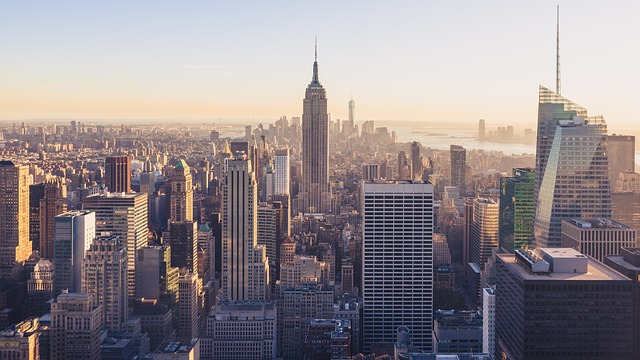

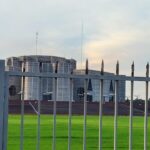


Leave a Reply